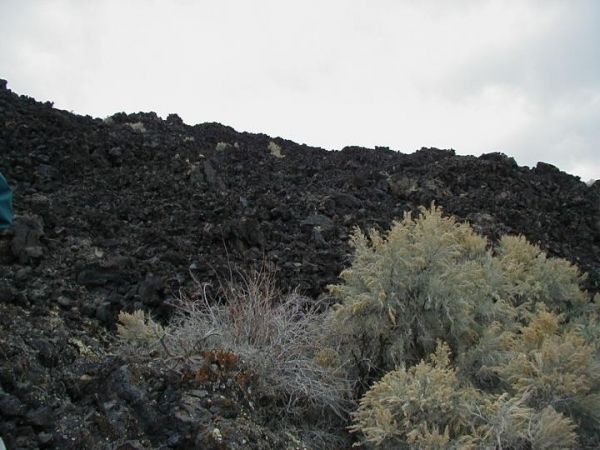If you drive south through central Utah on Interstate 15 and look west somewhere around Fillmore, you’ll see smooth hills and fields of black rock. The area is, aptly, named the Black Rock Desert. It may not look like much, but you’re looking at some of Utah’s volcanoes.
A pair of earthquake sequences, in September 2018 and April 2019, focused scientists’ attention on the Black Rock Desert. The sequences, which included the main quakes and their aftershocks, were very different from the Magna earthquake that shook the Wasatch Front in 2020 and other Utah earthquakes. The Black Rock sequences were captured by the Utah Regional Seismic Network and by nearby temporary seismic equipment deployment that was monitoring a geothermal well. Earthquakes in the Black Rock Desert are rare and capturing the seismic recordings from these earthquakes provides a glimpse into the volcanic system of the Black Rock Desert that, while not showing any signs of erupting, is still active. A study of the earthquake sequences is published in Geophysical Research Letters.
“The results showed us that we should give more attention to the Black Rock area,” says Maria Mesimeri, a postdoctoral research associate with the University of Utah Seismograph Stations. “We need to improve seismic and volcanic monitoring in this area, so that we are aware of small changes that may occur.”
Read more at University of Utah
Image: Volcanic basalt rocks in the Black Rock Desert, Utah. (Credit: Paul Gabrielsen)


